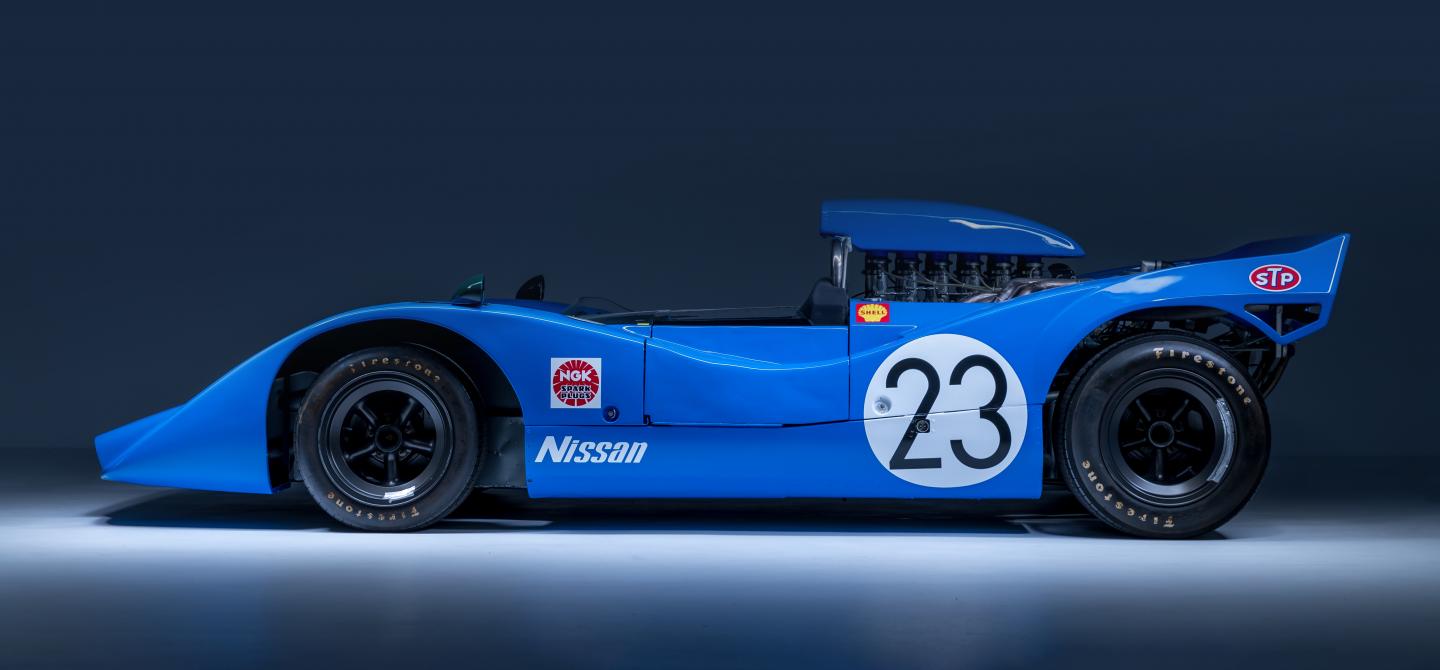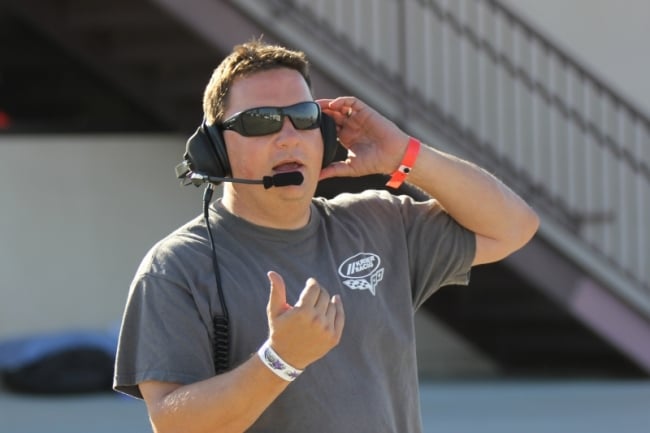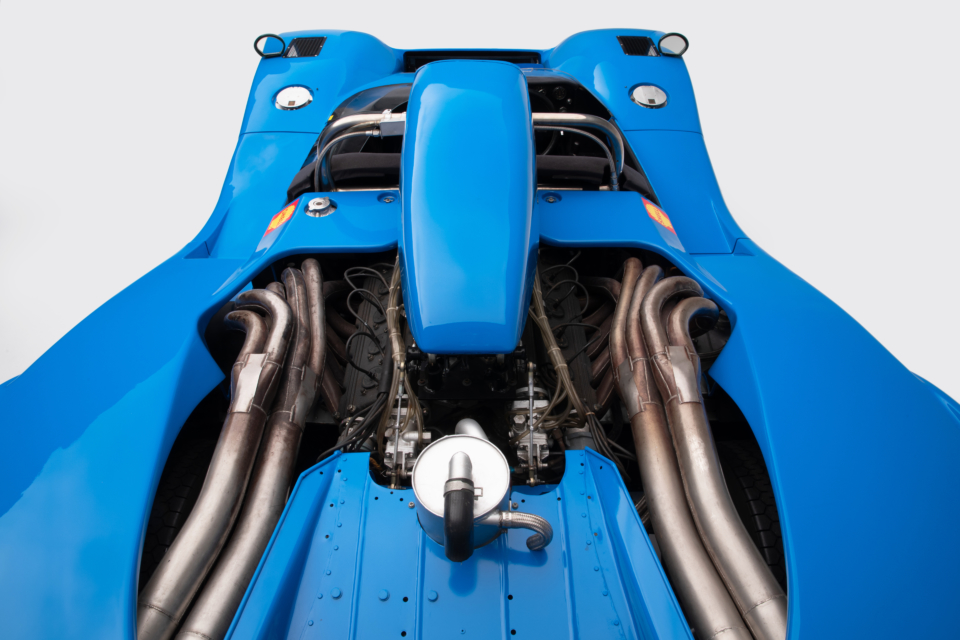The Petersen Automotive Museum in Los Angeles is going to be “Turning Japanese” on May 26, 2018, with two separate exhibits on Japanese auto manufacturing. For a mere 16-clams at the door you can peruse the “Roots of Monozukuri: Creative Spirit in Japanese Automaking” and “Fine Tuning: Japanese-American Customs.”
The “Roots of Monozukuri” exhibit will allow you to explore key elements of Japanese design philosophy in the years preceding Japan’s climb to market dominance in the 1970s. The “Fine Tuning” exhibit will showcase the rise of Japanese car customization, in both the home market and the United States, and how the two markets influenced each other to redefine car culture. If you ever wondered why tuner kids lower their cars so much they can’t even get over a simple speed bump, then this is the exhibit for you to learn.
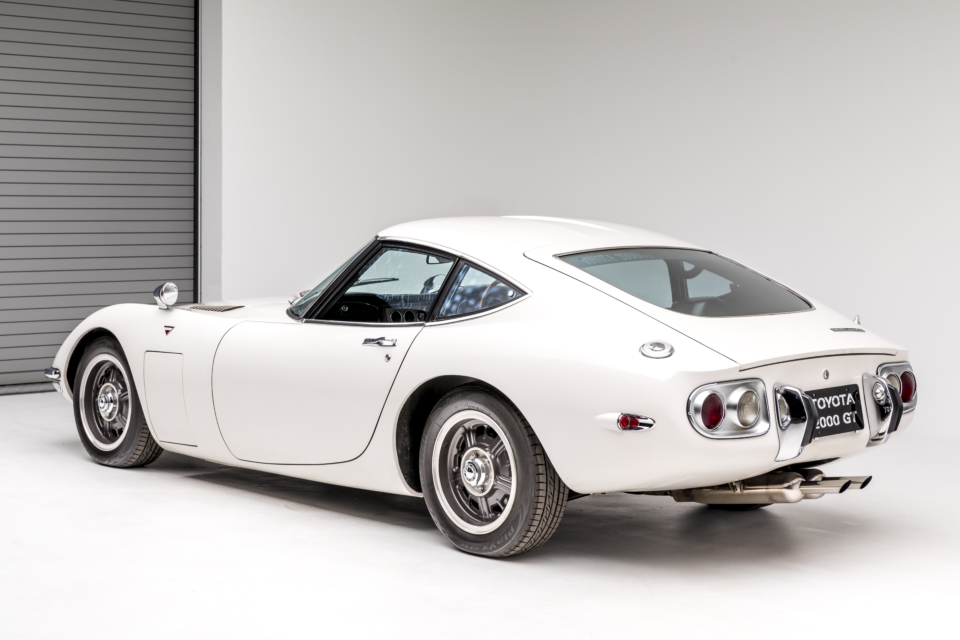
The 1967 Toyota 2000GT, viewed from this angle, has similar styling cues from the Jaguar E Type and Ferrari Daytona. The main difference is this car doesn’t leak oil like a British sports car.
The “Roots of Monozukuri” exhibit will be located in the Bruce Meyer Family Gallery of the Petersen Automotive Museum and is presented by Rolex. For those of you who don’t speak Japanese, Monozukuri is “the art, science, and craft of making things.” This three-pronged concept has led to the long-term success of the Japanese automotive industry.
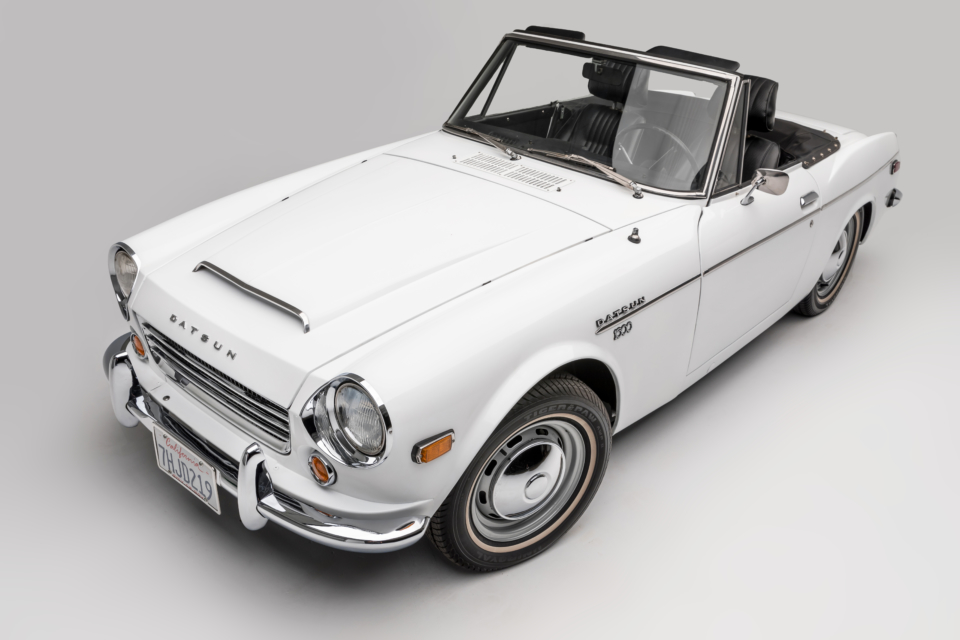
This Datsun Roadster chassis design was used by racing legend Pete Brock and his BRE racing team in the 1970s.
Each car in the exhibit will exemplify the Monozukuri theme by highlighting the creativity, innovation, craftsmanship and collaboration central to Japanese manufacturing. Just some of the vehicles on display will include a 1966 Nissan Silvia, a 1967 Toyota 2000GT, a 1968 Honda N600, and a 1969 Mazda Cosmo. These vehicles are becoming extremely rare. In fact, many of the cars for the exhibit are being transported to the United States from Japan just for the show. This is being made possible by the generous support of manufacturers Nissan and Mitsubishi.
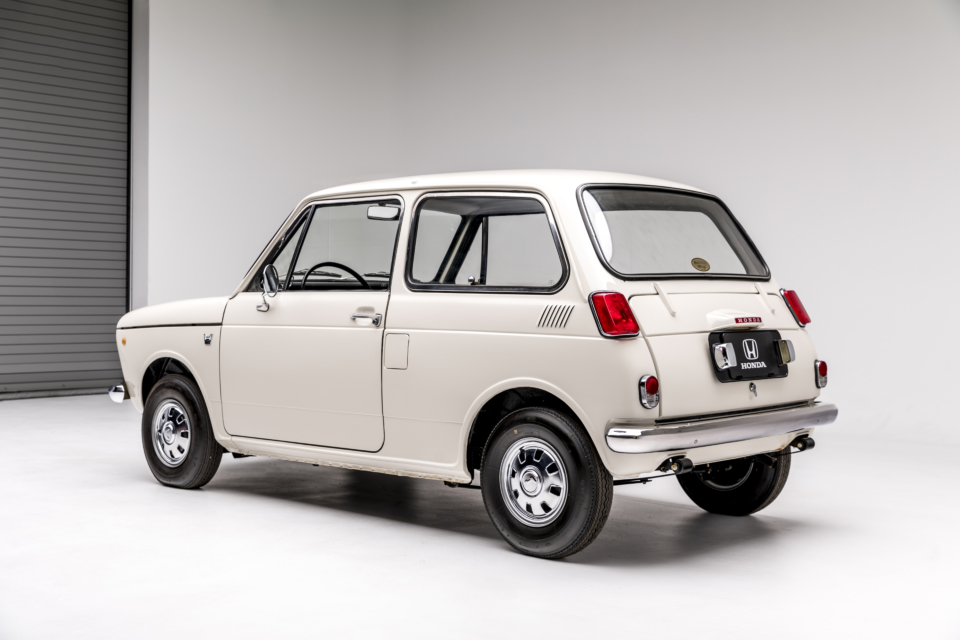
This 1968 Honda N600 is the obvious predecessor to the immensely successful Honda Civic which put Honda on the map in the United States and is still loved by tuner kids everywhere.
Richard Plavetich, General Manager of Nissan Design America, talked about how proud he was that Nissan was able to help bring the show to the museum, “Nissan is honored to be part of the Petersen’s ‘The Roots of Monozukuri’ exhibit, which celebrates 60-years of Japanese cars in the U.S.” He is talking about 1958 to 2018, 60-years of smaller, efficient, inexpensive, well-designed cars that have influenced the auto industry in this country since the gas crisis of the 1970s.
“From practical and economical to sleek and powerful, Nissan vehicle design, durability, and performance has resulted in an 85-year, global-success story that will be well represented by the vehicles on display,” Plavetich continued. For those of you who are unfamiliar with the naming history, Nissan was called Datsun in the United States in the 60s and 70s. At the time Nissan executives were afraid the name “Nissan” would sound too foreign to an American market.
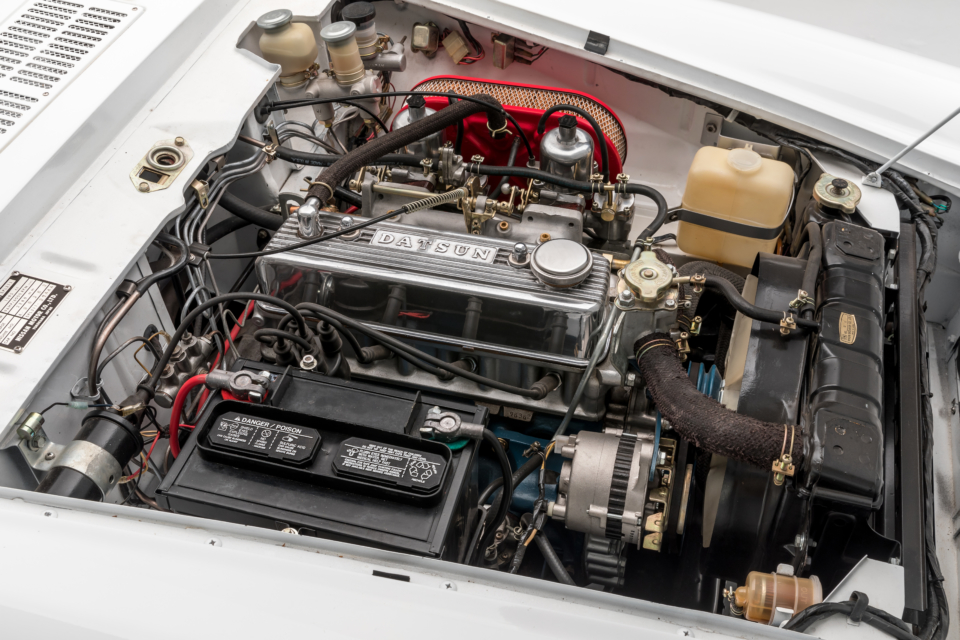
It says Datsun on the valve cover, but the parts inside the engine are stamped Nissan, as Datsun was just the American brand for Nissan in the early years.
Petersen Executive Director Terry L. Karges, talked about how the show is being split into two separate exhibits, “The impact of the Japanese automotive industry on American life is so powerful that the story has to be represented in two parts to truly capture the spirit of Japanese innovation. The exhibits are intended to bridge the public’s interest in the evolution of Japanese manufacturing since arriving in the U.S., with Southern California’s place as a hotbed of Japanese car customization that drove a nationwide boom in import-car tuning, motorsports, and more over the past two decades.”
This is still true today with Mazda housing its design center in Southern California. Japanese designers watch closely what “hot rodders” — or in today’s terms, “tuners” — do to their cars and they use that inspiration in some new vehicle designs. You ever wonder why the Mitsubishi Evo and the new Honda Civic Type R have such ridiculously large rear wings? Blame the kids in Los Angeles for that.
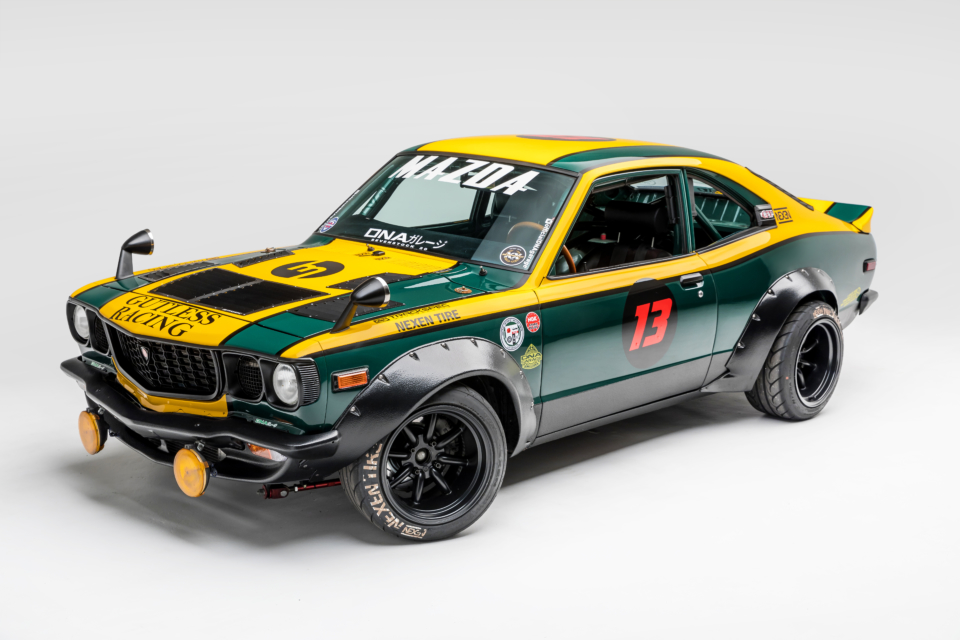
This 1974 Mazda RX-3 came with a rotary engine, and is the predecessor to the successful RX-7 line of automobiles from Mazda, also with rotary engines.
In the Customization Gallery of the Petersen Automotive Museum, the “Fine Tuning” exhibit elaborates on the aesthetic and stylistic conversation between Japanese and American tuners. Focusing on Los Angeles and Japanese car customizers, this exhibit will expose guests to cars they cannot see elsewhere, from drift and drag cars, to highly modified customs, and more. This exhibit will showcase an interesting contrast between how Japanese vehicles came to the states in the late ’60s to early ’70s and how they are modified today.
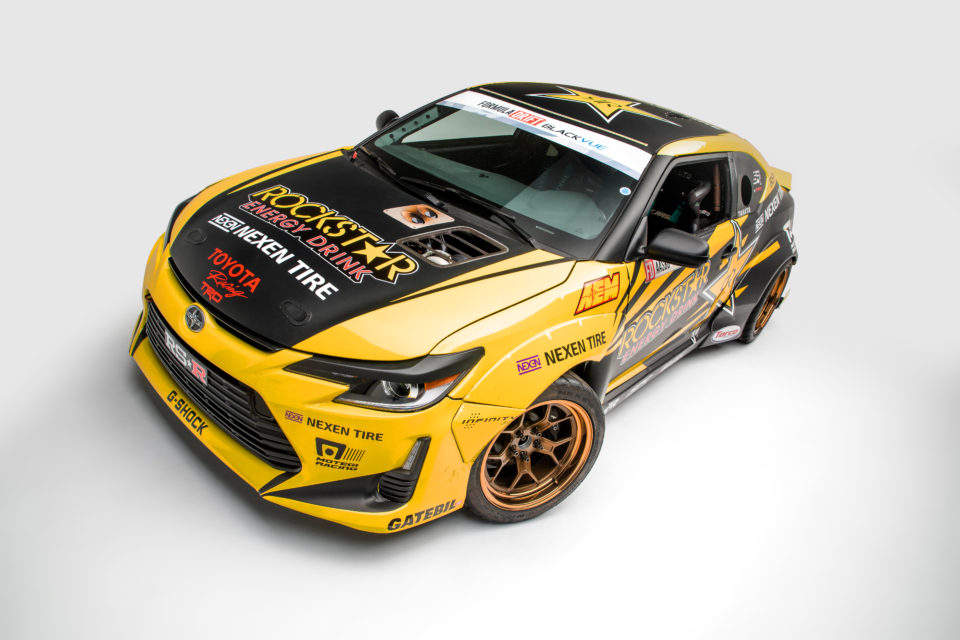
This Toyota/Scion TC drift car went through some big modifications. It came from the factory stock as a front-wheel-drive platform. FWD isn’t what you are looking for in a drift car, so they put the power to the rear wheels for this highly-modified drifter.
Key vehicles inside the “Fine Tuning” exhibit will include a 1973 Nissan Skyline 2000 GTX “Kenmeri,” a 1991 Toyota Cresta “Kaido” Racer, a 1998 Honda Civic Hatchback drag racer, and a 1974 Mazda RX-3. Here visitors will be able to see the customization and race-inspired work of Japanese cars.
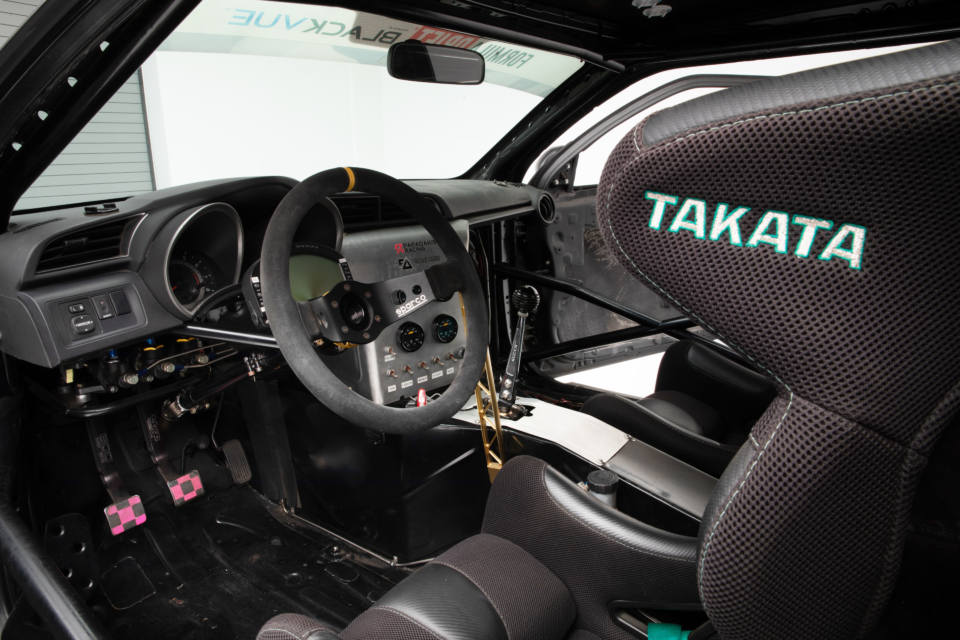
The interior of the Toyota/Scion TC is all about drift business with the rollcage, racing seat, and hand-applied rear-brake actuator (gold stick on the center console) to make things slide.
The exhibits will only be at the Petersen Automotive Museum for less than a year, terminating April 14, 2019. If you want to get your fix of Japanese car culture then don’t hesitate. And if you haven’t been to the museum before, there are plenty of other exhibits worth checking out. It is definitely a “car guy” destination with something for everybody, with exhibits from low riders to Porsches. For more information about the exhibit or the Petersen Automotive Museum, check out www.Petersen.org.


